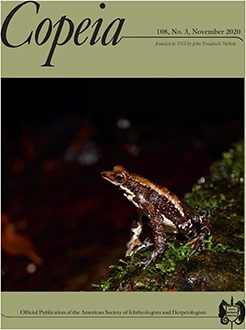Reproductive physiology is influenced by environmental pressures, particularly in ectothermic species living in harsh climatic conditions. Studying the period of time in which males exhibit semen availability and their sperm traits constitutes a powerful tool to evaluate the fertility potential of males because sperm size and sperm velocity have been proposed as determinants in fertilization success. Pristidactylus achalensis is a lizard endemic to the highest mountain areas in Central Argentina and shows a pattern of seasonal activity. Here, we study the period of time when males possess sperm during the active season and characterize the spermatozoa based on sperm morphometric and dynamic traits among males and within ejaculate. Males possess sperm in their ejaculates only during the spring months of the active season, suggesting that reproductive activity is restricted to this time. Spermatozoa of Pristidactylus achalensis show intra-specific variation in sperm traits among males and within ejaculate, suggesting different reproductive potential among males. Since this species only occupies the highest areas of the mountains and is categorized as vulnerable, basic information about reproduction and sperm physiology could be useful for potential population conservation strategies.
How to translate text using browser tools
22 September 2020
Sperm Parameters in Pristidactylus achalensis (Squamata: Leiosauridae), a Lizard Endemic to the Highest Mountain Areas in Central Argentina
Cecilia Soledad Blengini,
Guadalupe López Juri,
Margarita Chiaraviglio,
Diego Rafael Uñates,
Sergio Naretto
ACCESS THE FULL ARTICLE





